The U.S. Senate has introduced a resolution which proposes that the actions of Russia, Belarus “or a proxy of Russia” be considered as an attack on NATO if such actions result in radioactive contamination of the allies’ territory. Republican Senator Lindsey Graham and Democratic Senator Richard Blumenthal announced the resolution at a press conference on June 22nd.
The U.S. has already warned Russia of serious consequences should they make use of tactical nuclear weapons. However, this the first time that U.S. officials say that this also applies if Russia engineers a nuclear accident at a civilian nuclear facility.
Volodymyr Zelenskyy is the President of Ukraine. He has said that, according to intelligence information, Russia may be preparing to commit a terrorist attack at the Zaporizhzhia Nuclear Power Plant. The fear is that such an attack could lead to a serious leak of radioactive materials and unleash a cloud which could reach the territory of NATO members. At this time, the Zaporizhzhia Nuclear Power Plant is under the control of the Russian occupying forces.
The senators noted that Russia had moved tactical nuclear weapons to Belarus. This the first time since the collapse of the USSR that Russia has moved its nuclear weapons beyond its own borders. It is a serious threat to global security. By deploying tactical nuclear weapons to Belarus, Russia is increasing the possibility of global nuclear war. Unfortunately, the deployment of Russian tactical nuclear weapons has so far been met by the Western nations with serious indifference. The deploying of Russian nuclear weapons is a very dangerous move by Putin that could have major global consequences.
Graham and Blumenthal proposed that any use of tactical nuclear weapons by the Russian Federation, Belarus or a proxy of Russia or the destruction of nuclear facilities which release radioactive elements into the territory of NATO member countries and cause serious damage should be considered an attack on the alliance and justification for the use of Article 5.
Senator Graham said, “The threat of a use of a nuclear device by Russia is real. And the best way to deter it is to give them clarity, the Russians, as to what happens if they do that. And our message is to those around Putin. That if you do this, if you follow his orders – if he ever gives this, you can expect a massive response from NATO. And you will be at war with NATO.”
Senator Blumenthal said, “This resolution […] is meant to send a message to Vladimir Putin and even more directly to his military, they will be destroyed, they will be eviscerated if they use tactical nuclear weapons, or if they destroy a nuclear plant in a way that threatens surrounding NATO nations. […] His (Putin’s) military risks total obliteration by NATO forces, if they are so reckless and irrational as to resort to tactical nuclear weapons,”
The senators suggested that the Biden administration conduct appropriate consultations with the leaders of other allied countries and European partners. Actions should be considered that minimize the threat to the civilian population and prepare a diplomatic and military response that is appropriate to the situation.
Blog
-
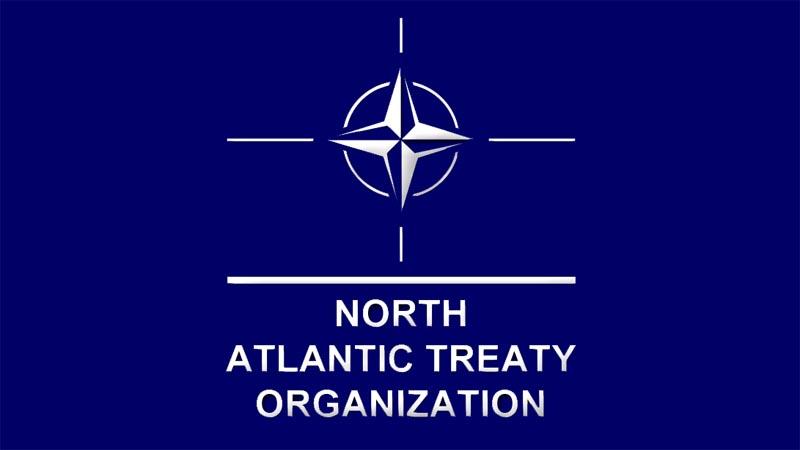
U.S. Senate Considering A Resolution That If Russia Or A Proxy Causes A Release of Radioactive Materials In A NATO Country It Will Be Considered An Attack On NATO
-
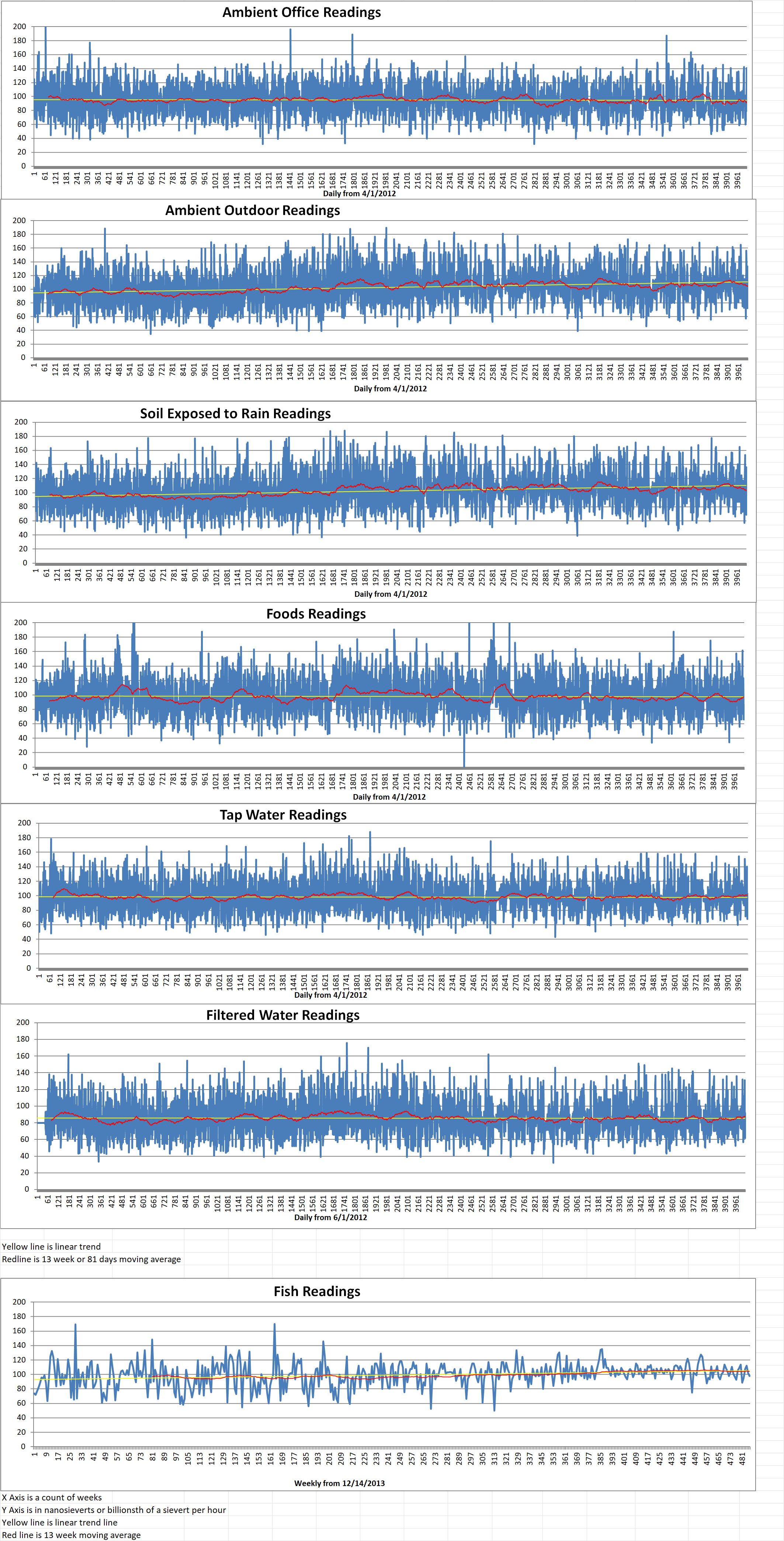
Geiger Readings for June 27, 2023
Ambient office = 141 nanosieverts per hour
Ambient outside = 124 nanosieverts per hour
Soil exposed to rain water = 128 nanosieverts per hour
Blueberry from Central Market = 66 nanosieverts per hour
Tap water = 76 nanosieverts per hour
Filter water = 63 nanosieverts per hour
-
Nuclear News Roundup June 27, 2023
Nuclear power to reduce Microsoft data centre carbon footprint world-nuclear-news.org
Volunteers in Ukraine rehearse nuclear fallout drills thetandd.com
IAEA Commends Belgium’s Commitment to Nuclear Safety miragenews.com
Poland seeks to host NATO nuclear weapons news.yahoo.com
-
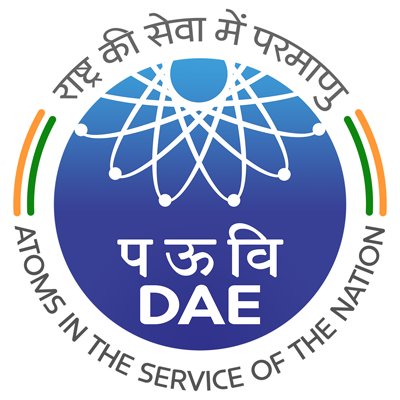
Nuclear Reactors 1239 – India And The U.S. Working On An Order For Six AP1000 Reactors
U.S. President Joe Biden and Indian Prime Minister Narendra Modi affirm their commitment to nuclear power as Kovvada plans intensify. The two leaders said that nuclear energy is a necessary resource for meeting climate, energy transition and energy security needs. They also mentioned “ongoing negotiations” for the construction of six AP1000 reactors in India. In addition, they discussed small modular reactor (SMR) development.
Biden’s and Modi’s comments were made in a wide ranging joint statement issued during Modi’s visit to the U.S. this week. In the comments, they emphasized “the important role nuclear energy plays in global decarbonization efforts and affirmed nuclear energy as a necessary resource to meet our nations’ climate, energy transition, and energy security needs”.
The two leaders mentioned “ongoing negotiations between the Nuclear Power Corporation of India Limited (NPCIL) and Westinghouse Electric Company (WEC) for the construction of six nuclear reactors in India” and “welcomed intensified consultations between the US DOE (Department of Energy) and India’s DAE (Department of Atomic Energy) for facilitating opportunities for WEC to develop a techno-commercial offer for the Kovvada nuclear project”.
They also said that “the ongoing discussion on developing next generation small modular reactor technologies in a collaborative mode for the domestic market as well as for export”. SMRs are not currently mentioned in India’s formal nuclear energy plans. However, the government’s NITI Aayog policy think-tank has said that the government should consider including SMRs in the energy plans.
India and the U.S. signed a civil nuclear cooperation agreement (also known as a 123 agreement) in 2008. This followed India reaching a safeguards agreement with the International Atomic Energy Agreement. India is not a signatory of the international Nuclear Non-proliferation Treaty (NPT). Kovvada, in Andhra Pradesh, was selected for the construction of six AP1000 pressurized water reactors as long ago as 2016. However, contractual arrangements have yet to be finalized.
In the joint statement, the U.S. also reaffirmed its support for India’s membership in the Nuclear Suppliers Group (NSG) and said that it would “continue engagement with likeminded partners to advance this goal”. The NSG is a group of nuclear supplier countries that contributes to the non-proliferation of nuclear weapons. It accomplishes this by controlling the export of materials, equipment and technology that could possibly be used in their manufacture. In 2016, India formally applied to join the NSG. However, to date the group has not reached a consensus on India’s proposed membership.
India’s twenty-two nuclear power plants currently generate about three percent of India’s electricity needs. The country has confirmed plans for twenty-one new reactors. This includes eight reactors that are under construction and one reactor which has been grid-connected but is not yet in commercial operation. Most of India’s operating, and planned, reactors are indigenously designed pressurized heavy water reactors. However, two Russian-designed VVER pressurized water reactors are in operation in Kudankulam. Four more reactors are under construction. The French company EDF submitted a techno-commercial offer to build six EPRs at Jaitapur in Maharashtra to NOPCIL in 2021. -
Nuclear News Roundup June 26, 2023
Ukraine conducts disaster response drills near Zaporizhzhia nuclear plant reuters.com
Blinken Says No Nuclear Deal on Table With Iran voanews.com
Did Wagner Rebels Capture Warheads at Russia’s Secret Nuclear Facility? Newsweek.com
Ukraine holds drills in Zaporizhzhia to prepare for radiation leaks from Russian-held nuclear plant lentuckytoday.com
-
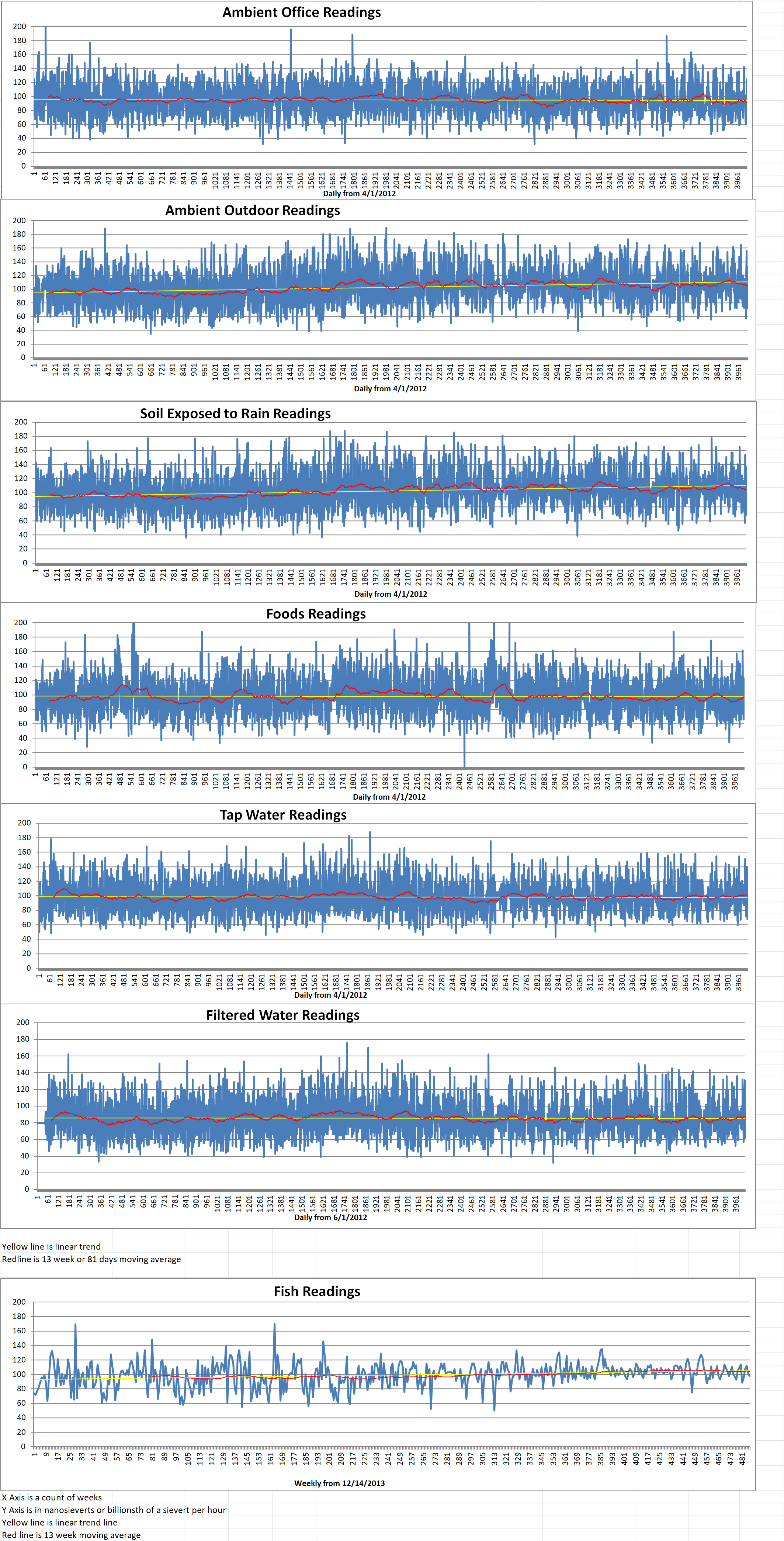
Geiger Readings for June 26, 2023
Ambient office = 125 nanosieverts per hour
Ambient outside = 133 nanosieverts per hour
Soil exposed to rain water = 136 nanosieverts per hour
Avocado from Central Market = 87 nanosieverts per hour
Tap water = 103 nanosieverts per hour
Filter water = 92 nanosieverts per hour
-
Nuclear News Roundup June 25, 2023
Japanese Populist Calls for Say Over Any Use of U.S. Nuclear Bombs usnews.com
Myanmar and Russia push ahead with nuclear energy cooperation world-nuclear-news.org
NEA Mission to Romania highlights needed enhancements to nuclear education and explores disposal solutions for radioactive waste oecd-nea.org
Simulation Details the Horrors of Nuclear War sanfordherald.com
-
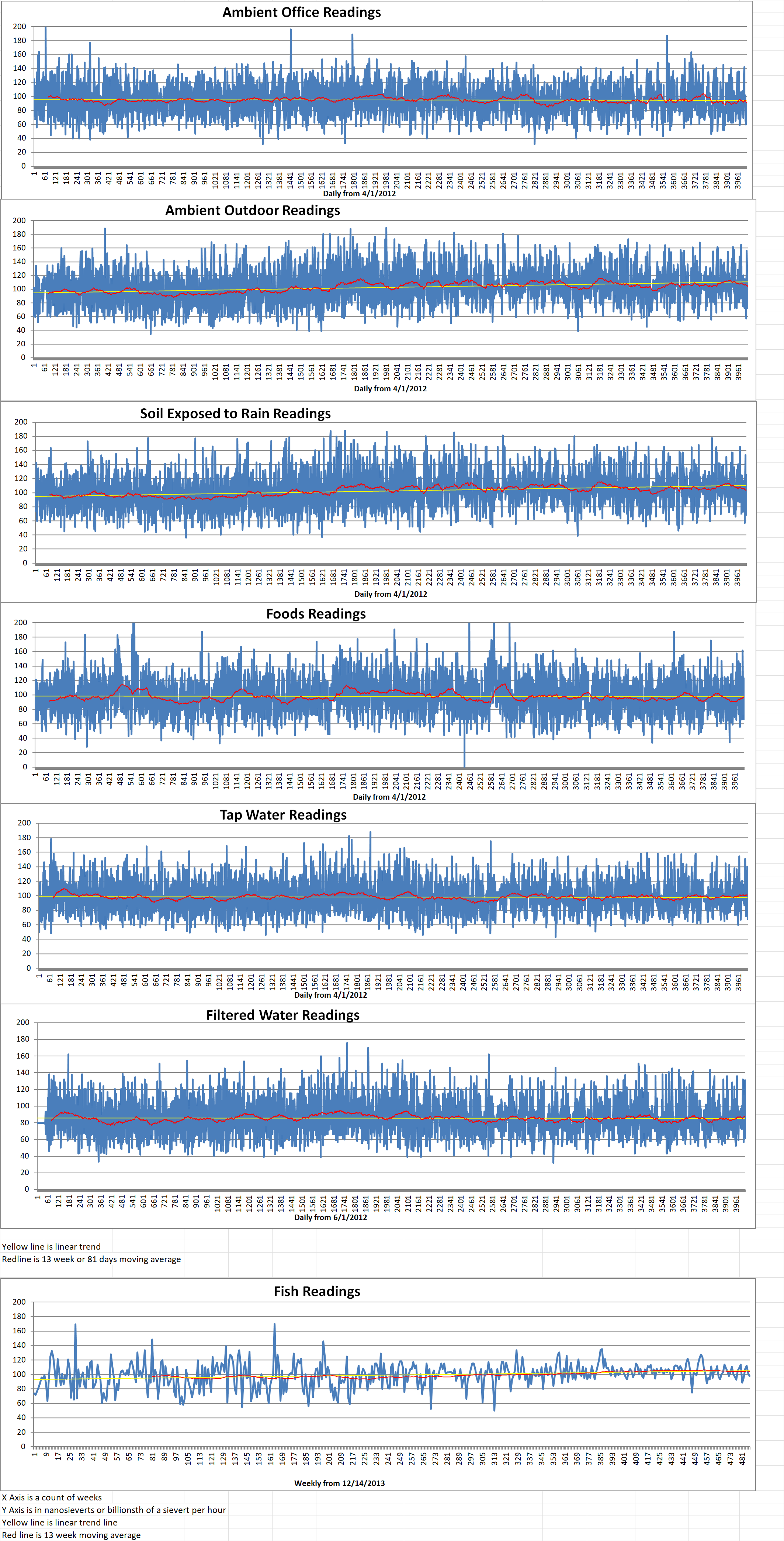
Geiger Readings for June 25, 2023
Ambient office = 89 nanosieverts per hour
Ambient outside = 72 nanosieverts per hour
Soil exposed to rain water = 69 nanosieverts per hour
Vine ripened tomato from Central Market = 66 nanosieverts per hour
Tap water = 68 nanosieverts per hour
Filter water = 62 nanosieverts per hour
-
Nuclear News Roundup June 24, 2023
Governor should veto lifting nuclear moratorium illinoistimes.com
EDF CEO tells managers nuclear business to be reorganized uk.news.yahoo.com
NTI Hosts Seventh Meeting of Cyber-Nuclear Forum nti.org
Agreement reached for extended operation of Belgian reactors world-nuclear-news.org
-
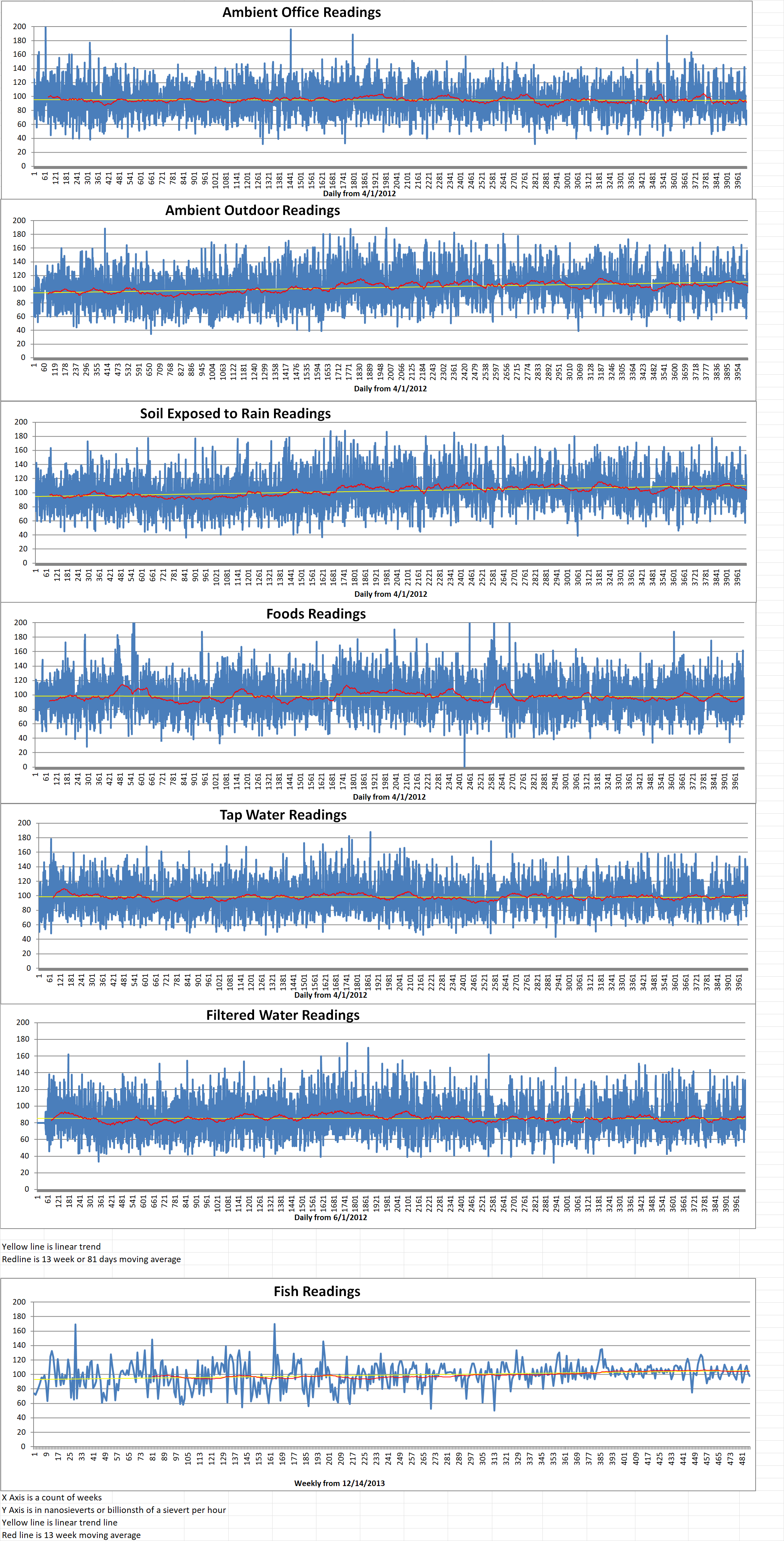
Geiger Readings for June 24, 2023
Ambient office = 79 nanosieverts per hour
Ambient outside = 85 nanosieverts per hour
Soil exposed to rain water = 91 nanosieverts per hour
Tomato from Central Market = 123 nanosieverts per hour
Tap water = 100 nanosieverts per hour
Filter water = 95 nanosieverts per hour
Dover Sole from Central = 98 nanosieverts per hour
